Galaxy S25 Edge performs both worse and better in new benchmark

Galaxy S25 Edge is Samsung's secret weapon to combat Apple and their upcoming iPhone 17 Air, but the Android bijou's latest benchmark results are a mixed bag.
The Galaxy S25 Edge and the iPhone 17 Air will be both sleek and thin: and that's about their main selling point. Cupertino's model could be ~6.25 mm thick, while the already-teased (at the January 2025 Galaxy Unpacked event) Galaxy S25 Edge could arrive at ~6.4 mm thick. According to other sources, though, the phone might go under 6 mm and make users happy at just ~5.8 mm thick.
Speaking of thin phones, I can't help but mention the upcoming OnePlus Open 2 and its rumored 4 mm of thickness when unfolded. That's right, that's a foldable we're talking about.
But, back to the Galaxy S25 Edge. A few weeks ago, the SM-S937U model (claimed to be the US version of the Galaxy S25 Edge) popped up on a Geekbench listing for the first time.
Benchmark scores measure a smartphone's performance by testing its processor, graphics, and overall speed using specialized software. Higher scores generally mean faster performance, smoother gaming, and better multitasking. Of course, real-world experience depends on software optimization, so a phone with a slightly lower score can still feel just as fast in daily use. Also, these are early tests.
Now, things are looking different on both fronts:
The tested model comes with the SM-S937B codename (the Galaxy S25 Edge global variant, as we reported earlier). It performs worse on the single-core front, but scores a far higher (and better) result on the multi-core one.
Since the phone is not yet official, I'd not make final assumptions about it yet.
Besides the benchmarks, the phone is expected to feature a 200 MP main camera, a 12 MP selfie camera, and an LTPO display with a 120 Hz refresh rate and 2,600 nits peak brightness. The device will have an Armor Aluminum frame and Corning Gorilla Glass Victus 2 for protection.
It will include 12 GB of RAM, UFS 4.0 storage, and support for Wi-Fi 7, Bluetooth 5.4, and USB-C 3.2. Charging remains at 25 W, and while the processor isn't confirmed, it will likely be the Snapdragon 8 Elite, as Samsung isn't expected to switch from Snapdragon to Exynos until the Galaxy S26 line drops.
Though battery capacity may be reduced, the Snapdragon 8 Elite's efficiency should ensure all-day use. Or it better do!
The Galaxy S25 Edge and the iPhone 17 Air will be both sleek and thin: and that's about their main selling point. Cupertino's model could be ~6.25 mm thick, while the already-teased (at the January 2025 Galaxy Unpacked event) Galaxy S25 Edge could arrive at ~6.4 mm thick. According to other sources, though, the phone might go under 6 mm and make users happy at just ~5.8 mm thick.
But, back to the Galaxy S25 Edge. A few weeks ago, the SM-S937U model (claimed to be the US version of the Galaxy S25 Edge) popped up on a Geekbench listing for the first time.
Benchmark scores measure a smartphone's performance by testing its processor, graphics, and overall speed using specialized software. Higher scores generally mean faster performance, smoother gaming, and better multitasking. Of course, real-world experience depends on software optimization, so a phone with a slightly lower score can still feel just as fast in daily use. Also, these are early tests.
In its first benchmarks, the Galaxy S25 Edge got 3,005 single-core and 6,945 multi-core points, respectively.
Now, things are looking different on both fronts:
- 2,806 single-core
- 8,416 multi-core
The tested model comes with the SM-S937B codename (the Galaxy S25 Edge global variant, as we reported earlier). It performs worse on the single-core front, but scores a far higher (and better) result on the multi-core one.
Since the phone is not yet official, I'd not make final assumptions about it yet.
Besides the benchmarks, the phone is expected to feature a 200 MP main camera, a 12 MP selfie camera, and an LTPO display with a 120 Hz refresh rate and 2,600 nits peak brightness. The device will have an Armor Aluminum frame and Corning Gorilla Glass Victus 2 for protection.
It will include 12 GB of RAM, UFS 4.0 storage, and support for Wi-Fi 7, Bluetooth 5.4, and USB-C 3.2. Charging remains at 25 W, and while the processor isn't confirmed, it will likely be the Snapdragon 8 Elite, as Samsung isn't expected to switch from Snapdragon to Exynos until the Galaxy S26 line drops.




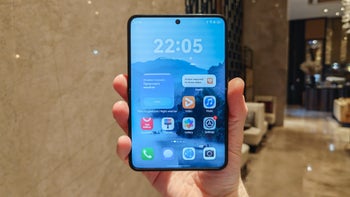
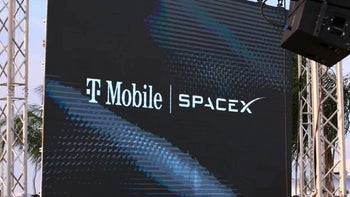
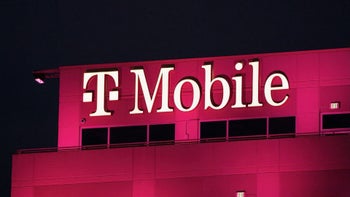
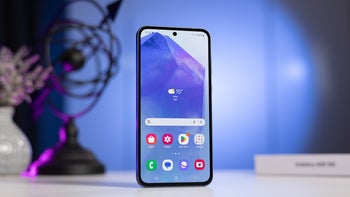
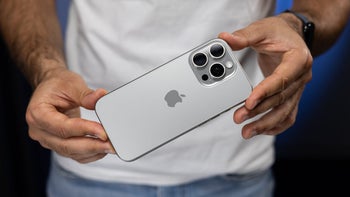
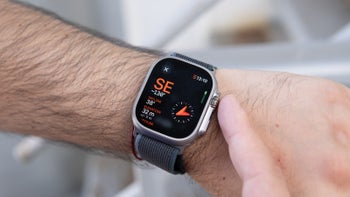
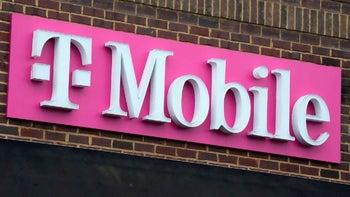

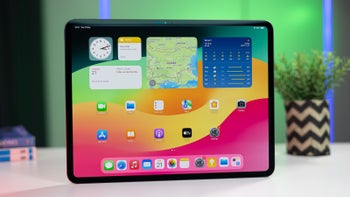
Things that are NOT allowed: